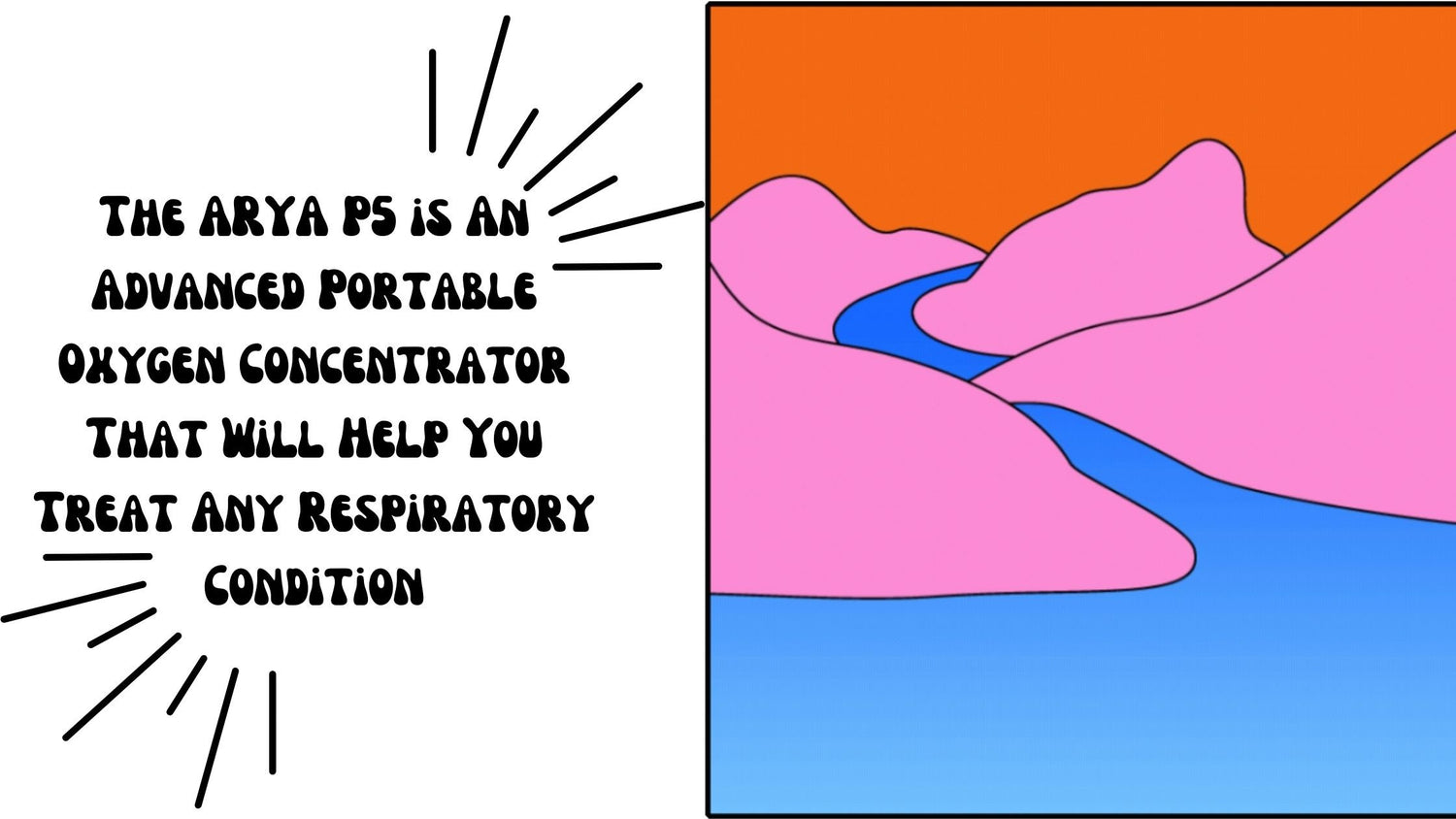Respiratory Resource Center - LPT Medical
Spring Has Sprung: Don’t Let Your COPD Symptoms Take Over
Chronic Obstructive Pulmonary Disease (COPD) is a chronic...
Read MoreThe ARYA P5 is An Advanced Portable Oxygen Concentrator That Will Help You Treat Any Respiratory ...
Oxygen therapy has come a long way over...
Read MoreTracking how Chronic Obstructive Respiratory Disease Will Impact your Mental Health
Chronic Obstructive Pulmonary Disease (COPD) is a chronic...
Read More

